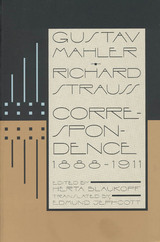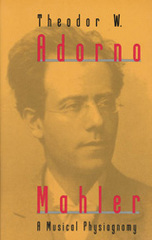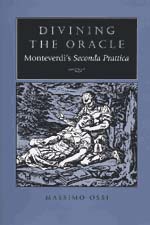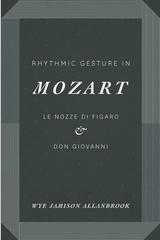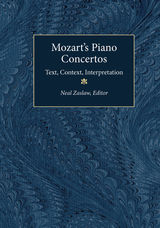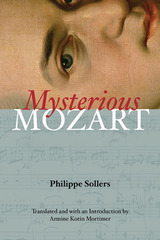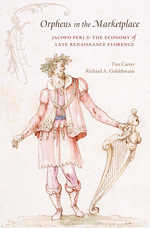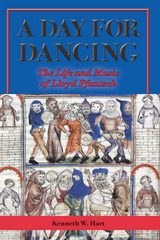Così fan tutte, An Opera of Mimetic Revelation
Michigan State University Press, 2025
Paper: 978-1-61186-544-8 | eISBN: 978-1-62895-553-8 (ePub) | eISBN: 978-1-60917-790-4 (PDF)
Library of Congress Classification ML410.M9D529 2025
Dewey Decimal Classification 782.1
Paper: 978-1-61186-544-8 | eISBN: 978-1-62895-553-8 (ePub) | eISBN: 978-1-60917-790-4 (PDF)
Library of Congress Classification ML410.M9D529 2025
Dewey Decimal Classification 782.1
ABOUT THIS BOOK | AUTHOR BIOGRAPHY
ABOUT THIS BOOK
Isabel Díaz-Morlán reads the characters of Così fan tutte, an opera by Mozart and Da Ponte, through the lens of René Girard’s theory of unconscious mimetic desire. The opera features couples who resemble those from classical literature, including Ovid’s Collatinus and Lucretia, Cervantes’s Anselmo and Camila, and Shakespeare’s Leonatus and Imogen. The book explores the sources of the libretto, comparing them with each other and with the libretto itself to detect the themes that reveal the mechanism of mimetic desire. This offers the groundwork for the analysis of key moments of the opera, in which the combined action of words, dramatic action and, above all, music, show how Ferrando and Guglielmo as well as Fiordiligi and Dorabella fall into mimetic rivalry, an incitement to desire and hypocrisy, always within a méconnaissance that prevents them from recognizing what is happening to them until the truth is finally unmasked.
See other books on: 1756-1791 | Mimesis in literature | Mozart, Wolfgang Amadeus | Music and literature | Opera
See other titles from Michigan State University Press



